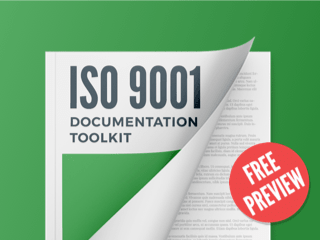ISO 9001 warehousing requirements
Assign topic to the user
Answer:
The first thing you should do is to check the scope of your QMS (Quality Management System) and see if warehouses are included in the scope. The scope is usually documented in Quality Manual (for ISO 9001:2008) or in separate document (for ISO 9001:2015). If the warehouses are not included in the scope, you don't need to conduct internal audit in them. If you want to include new warehouse in the scope, you need to document that information as well.
ISO 9001 doesn't have some explicit requirements for warehousing, basically clause 8.5.4 Preservation deals with the warehousing in some sense by stating that the outputs of production or service provision must be preserved in order to ensure their conformance to the requirements. If the products you store in the warehouse do not require some special warehousing conditions (e.g. temperature regime, humidity, etc.), then some excessive information on the warehousing process are not really necessary. This means that the foundation for your audit of the warehousing process will be the organization's warehousing procedure. During the audit you can also determine whether the existing level of documentation is sufficient for effective warehousing process.
For more information, see: How to use the ISO 9001 standard to improve stock efficiency and increase profit https://advisera.com/9001academy/blog/2016/11/08/how-to-use-the-iso-9001-standard-to-improve-stock-efficiency-and-increase-profit/
Still unclear on the scope of a hub in that regard (other than what is mentioned – procedural). I don't know how you can have a ISO audit on a Hub only without it being a Supply wide audit since many of the requirements and interfaces come from outside the hub. Will be interested to hear your input.
You can audit only parts of the system during the individual internal audit. In that sense you can audit the hub against the applicable requirements of the standard and QMS documentation and that is all. If the findings of the audits are insufficient, you can later expand the scope of the audit.
Comment as guest or Sign in
Feb 12, 2018


